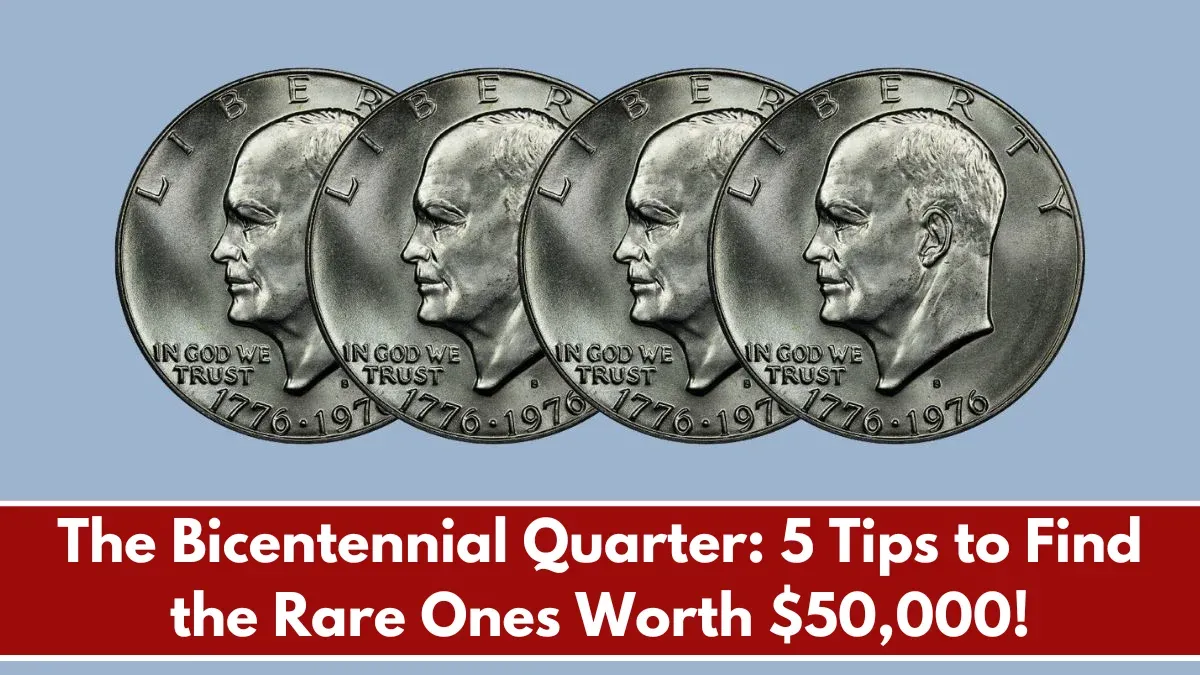The 1776-1976 Bicentennial Quarter holds a special place in American numismatic history. Issued to commemorate the 200th anniversary of the United States’ independence, this coin is a tangible piece of the nation’s rich heritage. For both seasoned collectors and curious newcomers, understanding the nuances of this quarter—especially those without a mint mark—can be both fascinating and rewarding.
A Glimpse into History: The Bicentennial Quarter
In 1976, the U.S. Mint released a series of coins to celebrate the bicentennial of the Declaration of Independence. Among these was the Washington quarter, featuring a unique dual date, “1776-1976,” on its obverse, replacing the traditional single year. The reverse showcased a colonial drummer boy, a design by Jack L. Ahr, symbolizing the Revolutionary War period. This departure from the standard eagle design made the Bicentennial Quarter instantly recognizable and a favorite among the public.
| Grade | Approximate Value |
|---|---|
| Circulated | $0.25 |
| MS63 | $4 |
| MS65 | $26 |
| MS67 | $80 |
| MS68 | $4,500 |
Decoding the No Mint Mark Significance
Coins minted in Philadelphia traditionally bore no mint mark, and the 1776-1976 quarters are no exception. With a staggering mintage of approximately 809 million pieces, these quarters are abundant. However, their value isn’t solely determined by quantity but also by condition and collector interest.
Assessing the Value of a 1776-1976 No Mint Mark Quarter
While many of these quarters remain in circulation and are worth their face value of 25 cents, those in exceptional condition can command higher prices:
- Circulated Condition: Generally holds face value, unless unique errors are present.
- Uncirculated (Mint State) Grades:
- MS63: Valued around $4.
- MS65: Approximately $26.
- MS67: Can fetch up to $80.
- MS68: Exceptionally rare, with valuations reaching $4,500.
These valuations highlight the importance of a coin’s condition in determining its market value.
Factors Influencing Value
Several elements can affect the value of a Bicentennial Quarter:
- Condition: Coins with minimal wear, sharp details, and original luster are more desirable.
- Errors: Quarters exhibiting minting errors, such as doubled dies or misstrikes, can be particularly valuable.
- Historical Significance: As a commemorative piece, its connection to a pivotal moment in U.S. history adds intrinsic value.
Collecting Tips for Enthusiasts
For those interested in acquiring or evaluating a 1776-1976 no mint mark quarter:
- Examine Condition: Use magnification to inspect for wear, scratches, or other imperfections.
- Seek Professional Grading: Certified grading can provide an accurate assessment of a coin’s condition and authenticity.
- Stay Informed: The coin market can fluctuate, so staying updated on current valuations is essential.
Conclusion: A Piece of American Heritage
The 1776-1976 Bicentennial Quarter without a mint mark is more than just currency; it’s a piece of American history. Whether you’re a collector seeking to complete a set or someone who has stumbled upon this coin in pocket change, understanding its background and value adds depth to its appreciation. While many of these quarters are common, those in pristine condition or with unique characteristics can be valuable additions to any collection.
Also Read:

